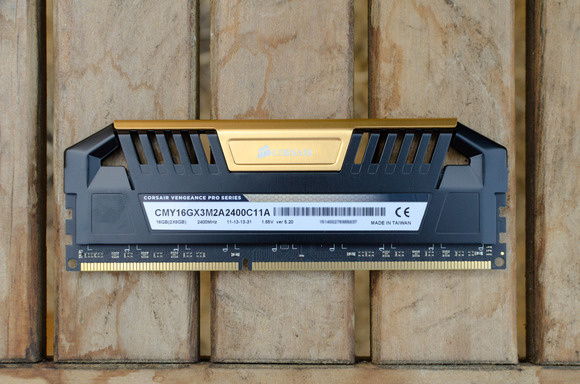Upgrade Computer RAM
Posted: September 22, 2015
[caption id="attachment_12446" align="alignright" width="442"]

Image from pcworld.com[/caption]
New computers run like champs. But, when a computer slowly runs out of memory, it can cause problems with how well it runs. Rather than buying a whole new computer, try the more affordable option of adding RAM.
Using these helpful tips can make upgrading RAM simple.
Thomas Ryan, writer for PC World, shares how to upgrade RAM.
How to install new memory in your PC
One of the simplest hardware upgrades you can do to make your computer feel snappier is to upgrade your memory.
Over the years, operating systems like Windows, software like Photoshop, and now even web browsers like Chrome, have built reputations for being unabashed memory hogs. Older PCs, meanwhile, often have between 2GB and 4GB of memory. Loading too many tabs in Chrome or keeping to many programs open on your desktop could use up all of the memory your system has to offer, slowing your system to a crawl.
If your PC’s feeling pokey when you have a lot going on, consider upgrading your RAM. A mere 4GB could work if you’re sticking to light tasks and
not using Chrome, but 8GB is really the minimum we would recommend for a modern desktop PC. To future-proof your system, 16GB is the best option—the downside being increased cost, of course.
RAM buying considerations
There are different types of RAM. Most PCs use DDR3 memory, but older system may require DDR2 or even DDR. A
small segment of high-end PCs now use
DDR4 memory, and in another few years the industry will likely standardize on it. But for now, DDR3 is king.
It’s also important to consider the speed of the RAM you’re buying in addition to the capacity of the memory kit.
Read the entire article
How to Install New Memory on Your PC on
PC World.
 Image from pcworld.com[/caption]
New computers run like champs. But, when a computer slowly runs out of memory, it can cause problems with how well it runs. Rather than buying a whole new computer, try the more affordable option of adding RAM. Using these helpful tips can make upgrading RAM simple.
Thomas Ryan, writer for PC World, shares how to upgrade RAM.
Image from pcworld.com[/caption]
New computers run like champs. But, when a computer slowly runs out of memory, it can cause problems with how well it runs. Rather than buying a whole new computer, try the more affordable option of adding RAM. Using these helpful tips can make upgrading RAM simple.
Thomas Ryan, writer for PC World, shares how to upgrade RAM.